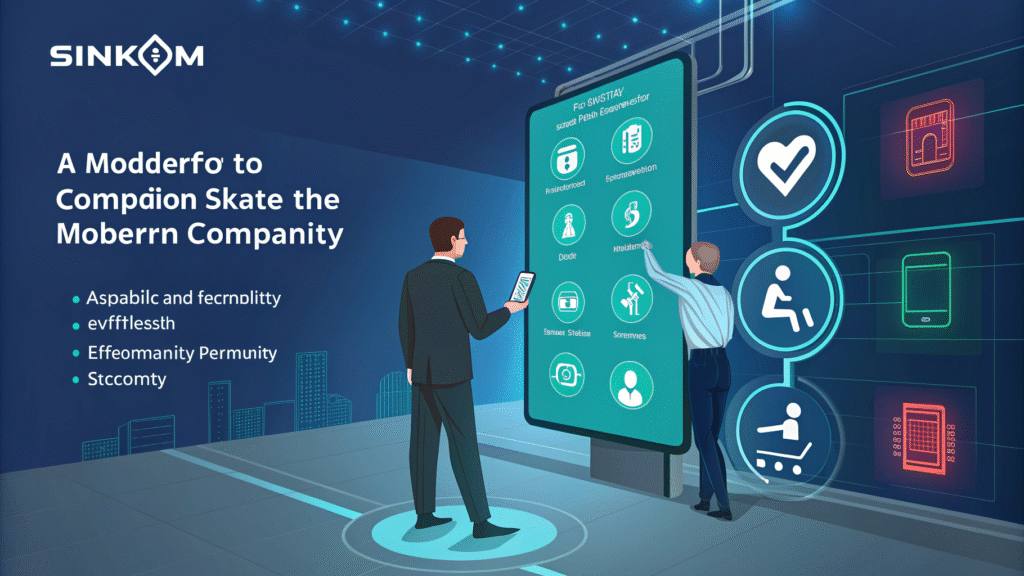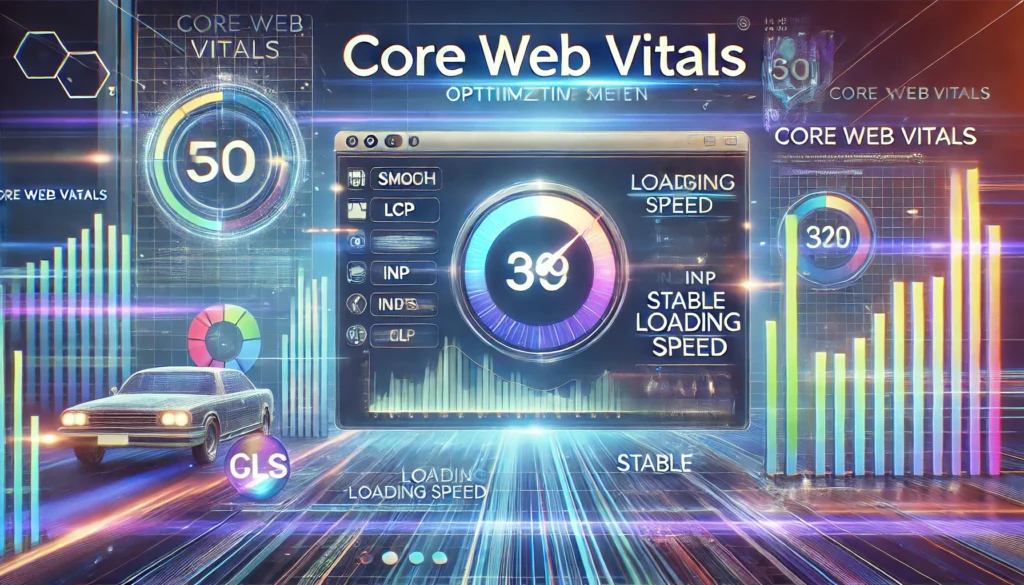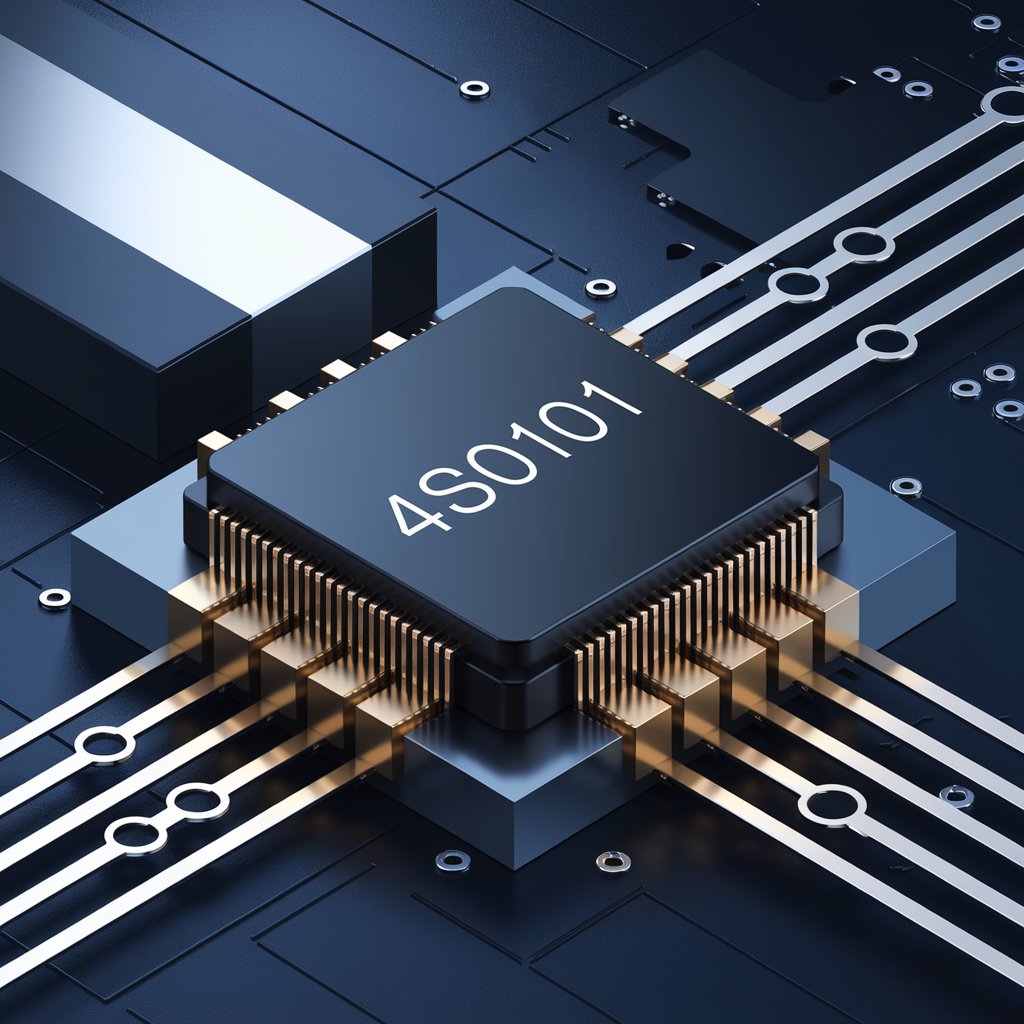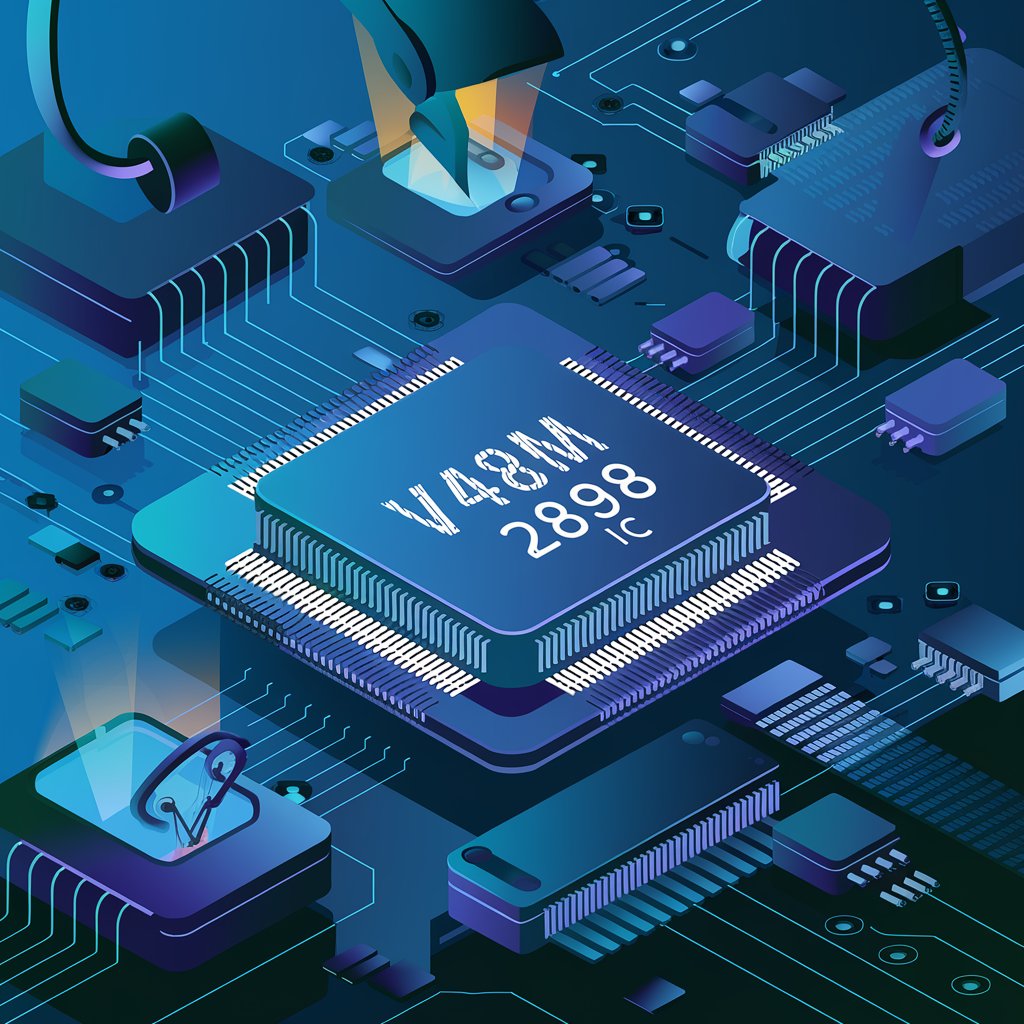Transphotonen

transphotonen”Imagine a world where light runs everything—your internet, medical scans, even your phone’s screen. That’s what transphotons, a term we’re using for cutting-edge photonics tech, are all about. Photonics is the science of using light particles, called photons, to create faster, smarter, and greener solutions. From super-fast internet cables to lasers that help doctors save lives, transphotons are already part of our world. This article explains what transphotons are, how they work, and why they’re changing industries like communication, healthcare, and energy. We’ll explore their challenges, their role in cool stuff like quantum computers, and what’s coming next. Written in easy-to-read language, this guide is for anyone curious about how light can power the future. Get ready to see why transphotons are lighting up a new era of technology.
What Are Transphotons?
Transphotons are technologies that use photons—tiny bits of light—to do amazing things like send data, power devices, or scan bodies. They come from photonics, a science that controls light for practical uses. Think of fiber optic cables or laser pointers—these rely on photons to work fast and efficiently.
Unlike electrons in wires, photons move at light speed without losing energy. This makes transphotons perfect for speeding up internet or making medical tools more precise. They’re in things like smartphone screens, solar panels, and even space tech, helping us connect and explore.
Transphotons are growing because they’re versatile. They can carry huge amounts of data or focus light for tiny tasks, like cutting tissue in surgery. Scientists are finding new ways to use them, from quantum computers to eco-friendly lights, making life better.
The future of transphotons is exciting. As costs drop, they’ll pop up in more devices, making technology faster, greener, and more accessible for everyone around the world.
The Science Behind Transphotons
Photonics, the science of light, is what makes transphotons work. It studies how to create, control, and detect photons using tools like lasers, lenses, and optical fibers. These tools shape light to carry information or energy with incredible speed.
Photons are special because they don’t bump into each other like electrons do in wires. This lets transphotons move data or power without heat or slowdowns, perfect for things like internet cables or high-tech sensors.
Materials like silicon or glass are used to guide light in transphoton systems. Scientists design tiny channels to steer photons precisely, making devices smaller and more powerful than traditional electronics.
This science is advancing fast, with new discoveries in materials like graphene. These could make transphotons even faster and cheaper, opening doors to smarter tech in communication, healthcare, and beyond.
Why Transphotons Are a Big Deal
Transphotons are changing the world by making technology faster, smaller, and more eco-friendly. They’re key to modern life, powering everything from super-fast internet to life-saving medical tools.
In communication, transphotons make data move at light speed through fiber optics. This means quicker downloads, smoother video calls, and better connections, even in remote areas. It’s why we can stream movies without buffering.
In healthcare, transphotons help doctors see inside bodies with tools like MRI scanners or lasers for surgery. These are more accurate and less invasive, helping patients heal faster and stay healthier.
They’re also green, using less energy than old-school electronics. From LED lights to solar panels, transphotons cut power use, helping fight climate change while keeping tech affordable and efficient for all.
Transphotons in Internet and Telecom
Transphotons are superstars in communication, especially in fiber optic cables. These cables use light to send data across cities or oceans, making internet and phone networks lightning-fast.
Unlike copper wires, fiber optics powered by transphotons carry tons of information with little energy loss. This supports huge data needs, like streaming, gaming, or cloud storage, without slowing down.
In data centers, transphotons connect servers with light-based signals, cutting heat and power use. This keeps big systems running smoothly, even when millions of people are online at once.
As 5G and future networks grow, transphotons will keep data flowing fast. They’re building a world where everyone stays connected, no matter where they are, with reliable, high-speed tech.
How Transphotons Help Healthcare
Transphotons are game-changers in healthcare, using light to diagnose and treat people better. Lasers, a key transphoton tool, make surgeries like eye corrections precise and less painful.
Medical imaging, like optical coherence tomography, uses photons to create clear pictures of eyes or tissues. This helps doctors spot problems like cancer early, without cutting into the body.
Light therapy, another transphoton use, treats things like skin conditions or mental health issues. It’s gentle, helping patients recover quickly with fewer side effects than drugs.
Wearable sensors powered by transphotons track heart rates or blood sugar in real time. These let doctors monitor patients remotely, improving care and making healthcare more accessible for all.
Transphotons for Clean Energy
Transphotons are helping create a cleaner planet through energy-efficient tech. Solar panels, which turn sunlight into electricity, use photonics to capture more light and boost power output.
LED lights, a transphoton invention, use far less energy than old bulbs. They’re in homes, offices, and streets, saving money and cutting down on fossil fuel use.
Researchers are working on optical batteries that store solar energy better. These could make renewable energy cheaper and more reliable, powering homes even when the sun’s not out.
By cutting energy waste, transphotons support a greener future. They’re helping us move away from polluting fuels, making clean energy a reality for communities worldwide.
Challenges Facing Transphoton Tech
Transphoton tech is amazing but has roadblocks. One big issue is cost—making photon-based devices like lasers or fiber optics is pricier than traditional electronics, limiting their use.
Building tiny, precise components is hard, too. Transphotons need perfect alignment, which makes mass production slow and expensive. This delays getting them into everyday devices.
Integrating transphotons with existing electronics is another hurdle. Many gadgets use wires, so combining them with light-based systems requires tricky adapters or new designs.
Despite these challenges, scientists are finding ways to make transphotons cheaper and easier to build. New materials and manufacturing tricks are helping this tech reach more people and industries.
How Transphotons Are Built
Creating transphotons starts with designing systems to control light. Engineers use materials like silicon or glass to make tiny channels that guide photons with precision.
Lasers and optical fibers are crafted in super-clean rooms to avoid defects. These ensure light moves smoothly, whether it’s for internet cables or medical devices.
Software plays a big role, too, controlling how light flows through these systems. This makes transphotons reliable for tasks like sending data or powering sensors.
Building transphotons is getting easier with new tech, like advanced lithography. This lets engineers create smaller, more powerful devices, bringing transphotons to more products soon.
Transphotons in Quantum Computing
Transphotons are key to quantum computing, a new way to process data super-fast. Photons act as qubits, carrying information without the heat or interference electrons cause.
In quantum systems, transphotons enable secure communication, like quantum key distribution. This makes data transfers unhackable, perfect for banks or governments.
Researchers are building light-based chips for quantum computers. These could solve huge problems, like designing new medicines, way faster than today’s computers.
Transphotons make quantum tech more practical by being small and efficient. They’re helping create computers that could change industries, from science to security, in big ways.
Eco-Friendly Transphoton Solutions
Transphotons help the planet by saving energy. LEDs and solar panels, powered by photonics, use less power than traditional lights or fossil fuels, cutting emissions.
In data centers, transphotons reduce the energy needed for cooling servers. This lowers the internet’s carbon footprint, making online services greener.
But making transphoton devices uses rare materials, which can harm the environment if not mined carefully. Recycling these materials is tough but necessary for sustainability.
With better designs and eco-friendly sourcing, transphotons could lead green tech. They’re a step toward a world where technology helps, not hurts, the planet.
Transphotons in Your Daily Life
Transphotons are already in devices you use every day. Your phone’s screen uses photonics for bright, energy-saving displays that make videos and games pop.
LEDs in your TV or home lights rely on transphotons for vivid colors and low energy use. They save you money while being kinder to the environment.
Even grocery store scanners use photon-based lasers to read barcodes fast. Car sensors, like those for parking, also use transphotons for safety and accuracy.
As transphoton tech grows, it’ll make gadgets smarter and more efficient. Soon, light-based features could be in everything, from watches to home appliances.
Research Driving Transphoton Growth
Research is the engine behind transphotons, with scientists worldwide exploring new ways to use light. Universities and companies study materials like graphene for better photon control.
Labs are developing smaller, faster photonic chips for things like 5G or quantum networks. These could make internet and devices work better with less power.
Global teamwork is speeding up progress. Researchers share ideas to solve problems like making transphotons cheaper or easier to integrate with existing tech.
This work is opening doors to new uses, from smarter sensors to space tech. Transphoton research is building a future where light powers our world more than ever.
Transphotons in Space Missions
Transphotons are helping us explore space with light-based tools. Lasers send data from satellites to Earth faster than radio waves, improving communication.
Space telescopes use photonics for super-clear images of stars and planets. This helps scientists study faraway galaxies or search for signs of life.
Photon-based sensors on Mars rovers detect minerals or water. These are light and tough, perfect for surviving harsh space conditions while collecting data.
As space travel grows, transphotons will make missions more efficient. They could power faster data links or better imaging, helping us learn more about the universe.
What’s Next for Transphotons?
The future of transphotons is full of possibilities. Smaller photonic chips could fit into tiny devices, making phones or sensors faster and more powerful.
AI is joining transphotons to create smarter systems, like self-focusing microscopes or unhackable networks. These could change healthcare, security, and more.
Quantum photonics is a big trend, promising secure communication and super-fast computers. It could make data transfers safe from hackers and solve complex problems.
As costs drop, transphotons will reach more people. From better internet to greener energy, light-based tech will shape a smarter, more connected world soon.
Transphotons vs. Traditional Electronics
Transphotons use light, while electronics use electricity to move data or power devices. Photons travel faster and don’t create heat, making transphotons more efficient.
Electronics are still cheaper and easier to build into existing gadgets. Transphotons need special materials like silicon chips, which can be expensive to make.
In speed, transphotons win for things like internet cables or data centers. They handle huge data loads without slowing down, unlike wires that overheat.
Both will likely work together for now, but transphotons could take over for high-speed tasks. They’re paving the way for a future with faster, cooler tech.
Global Reach of Transphoton Tech
Transphotons are changing industries worldwide. In telecom, fiber optics powered by photonics connect people across countries, making global communication instant.
In healthcare, transphoton tools like lasers and imaging devices are used in hospitals everywhere. They help doctors diagnose and treat patients, improving lives globally.
Energy solutions, like solar panels and LEDs, are spreading to developing nations. Transphotons make clean energy affordable, supporting climate goals around the world.
This tech is also creating jobs, from engineers building photonic chips to workers installing fiber networks. Transphotons are driving growth and innovation on a global scale.
FAQs About Transphotons
What are transphotons?
Transphotons are light-based technologies using photons for fast communication, medical tools, and energy solutions like fiber optics, lasers, and solar panels.
How do transphotons work?
They use photons, controlled by lasers and optical fibers, to carry data or energy quickly and efficiently, powering devices like internet cables or sensors.
Why are transphotons important?
Transphotons make internet faster, medical treatments gentler, and energy greener, improving technology and quality of life across industries like telecom and healthcare.
Where do we see transphotons?
They’re in phone screens, LED lights, fiber optic internet, medical imaging, solar panels, and emerging tech like quantum computers and space sensors.
What challenges do transphotons face?
High costs, complex manufacturing, and integration with electronics are hurdles, but new materials and designs are making transphotons more practical.
Are transphotons eco-friendly?
They save energy in LEDs and data centers but use rare materials. Sustainable sourcing can make transphotons a key part of green tech.
Will transphotons replace electronics?
Transphotons are faster for data and energy but costlier. They’ll likely work alongside electronics, especially for high-speed tasks like the internet or computing.
What’s the future of transphotons?
Expect smaller chips, AI-driven systems, and quantum networks, making transphotons key for faster communication, better healthcare, and sustainable energy solutions.
 English
English 






























































































































































































































































































































































































































